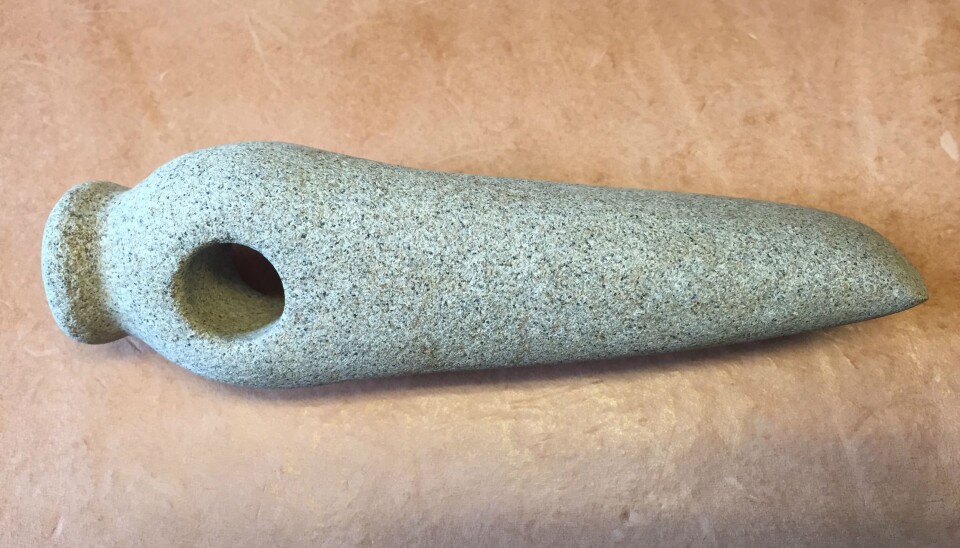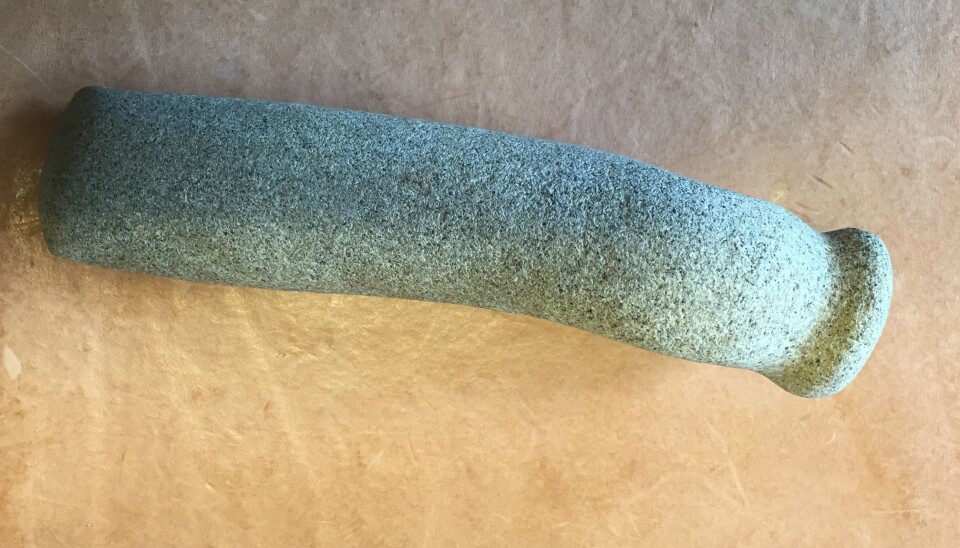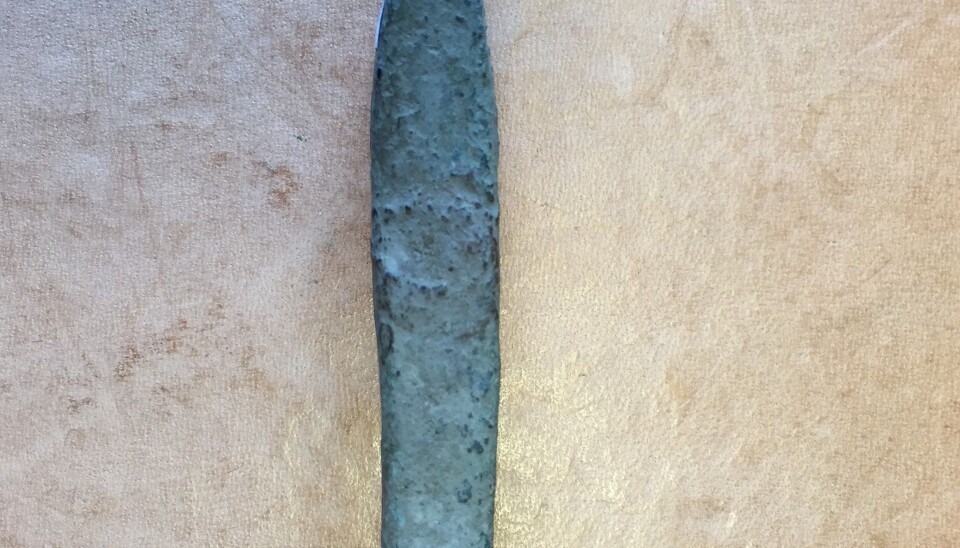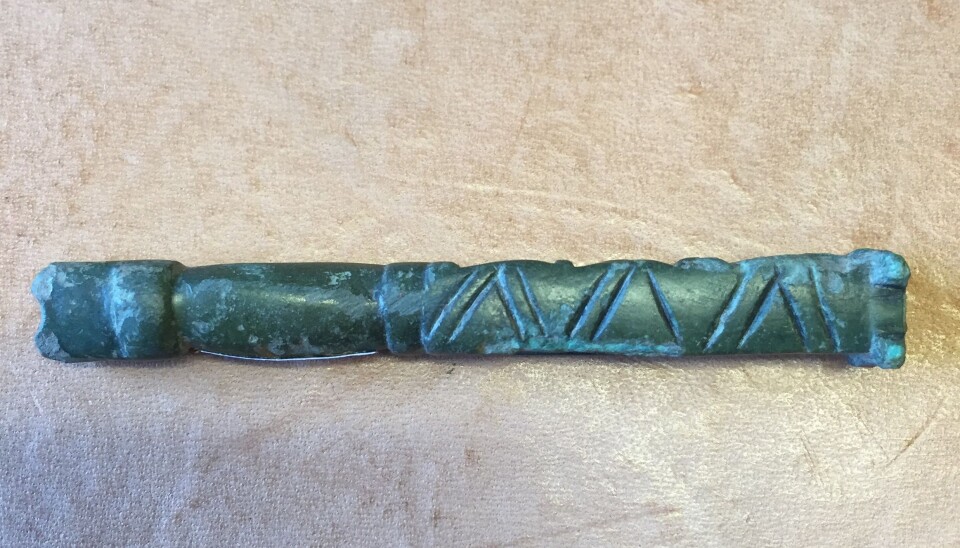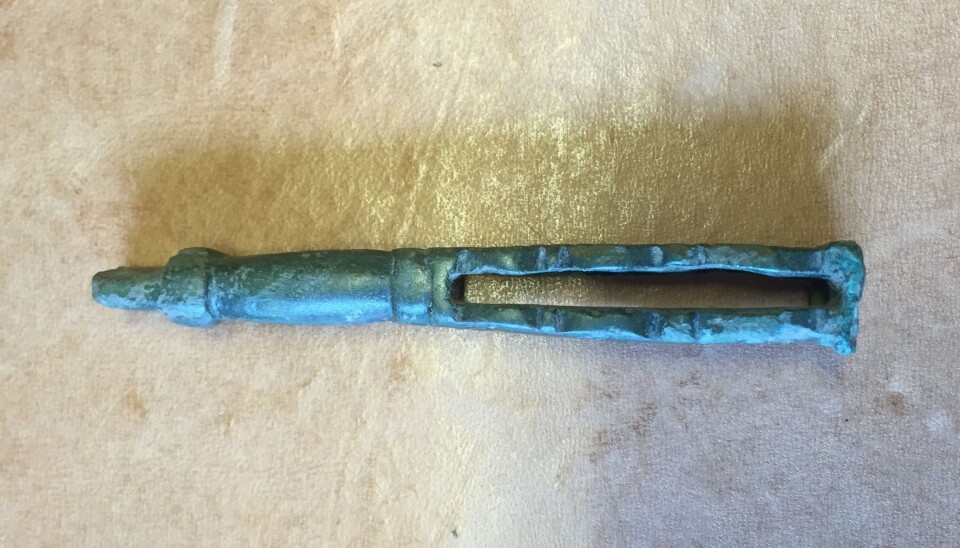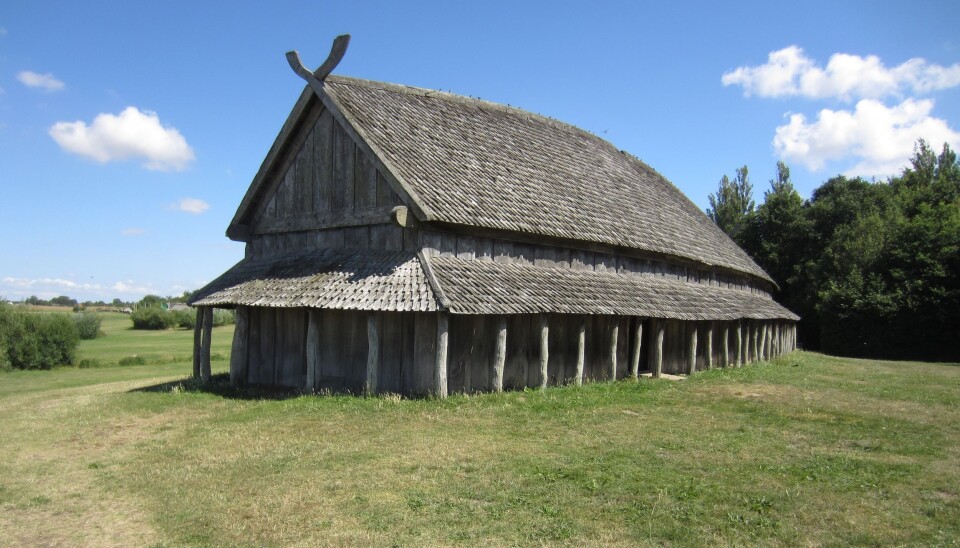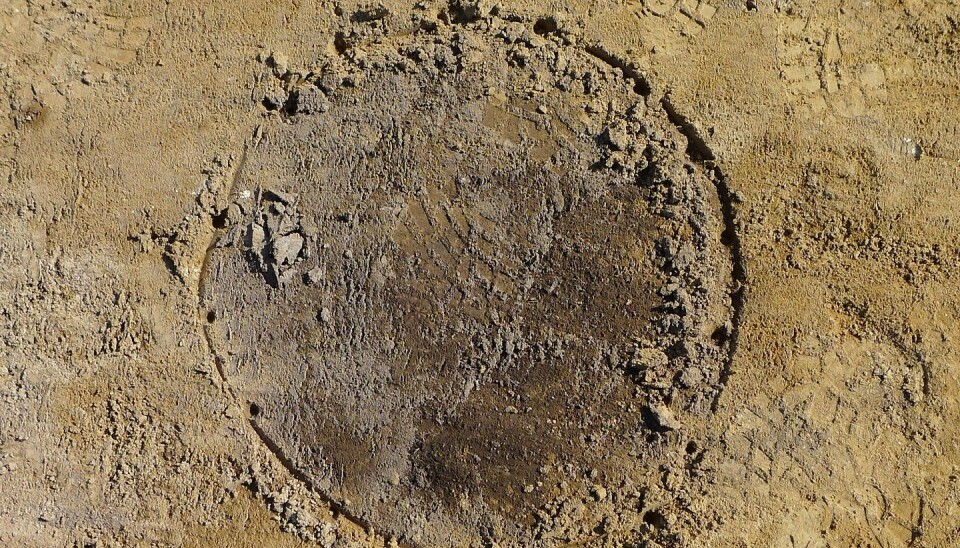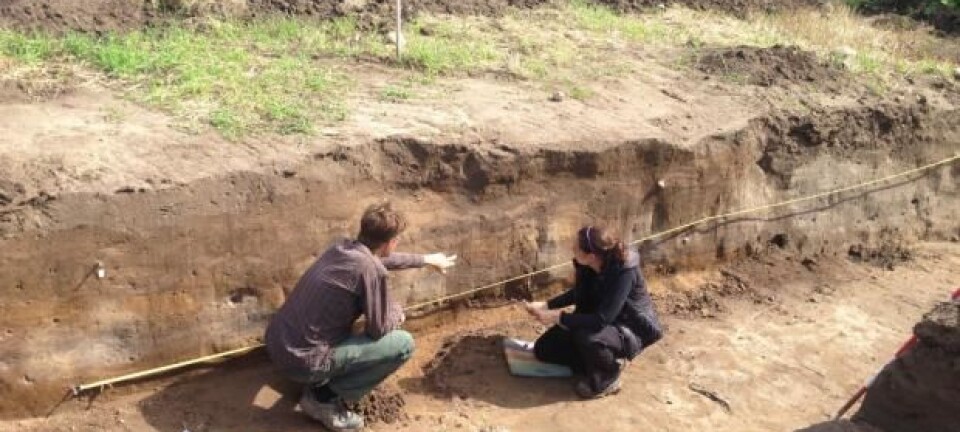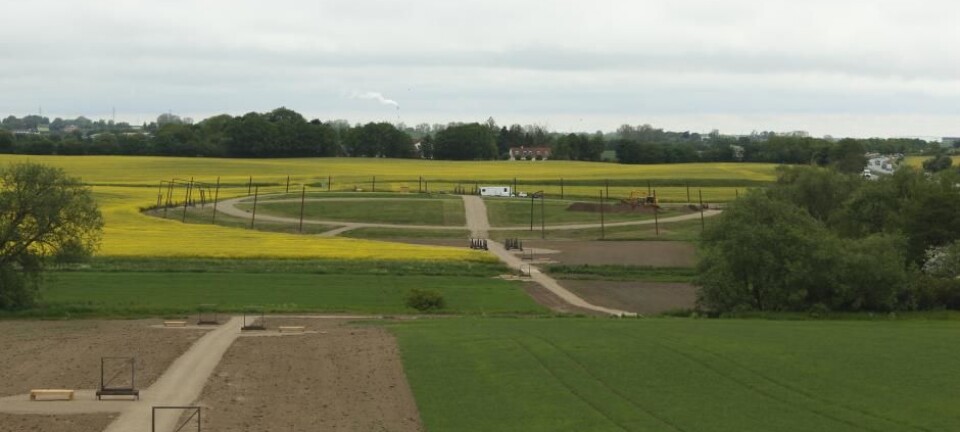New Viking graves discovered in Denmark
A new archaeological excavation in Denmark reveals the remains of graves and buildings that span the Stone Age, Bronze Age, the Vikings, and right up to the Middle Ages.
Archaeologists are busy unearthing the traces of three thousand years of activity at Silkeborg, west Denmark.
Excavations have already revealed pit-houses, which were typically used as workshops during the Viking era, and residential homes in the so-called Trelleborg style (see Fact Box), together with several graves.
At least two of the graves could have accommodated high-status Vikings.
“There’s been activity here at least since the Stone Age,” says one of the archaeologists involved in the dig, Maria Thiemke, from the Silkeborg Museum, Denmark.
In the east end of the excavation site there are two houses in the Trelleborg-style with their characteristic walls with two parallel rows of pillars and also several pit-houses in the west. But we cannot say whether they were there at the same time
“There’s at least 14 houses and five graves from the Stone Age, Bronze Age, right up until the Middle Ages,” says Thiemke.
Even though she expected the site to reveal lots of archaeological finds, both Thiemke and her colleague, archaeologist Rikke Isler from Silkeborg Museum, were both surprised by the richness of the finds.
“The graves are located close to a church from the Middle Ages and that’s often an indication that there’s been activity on the site for a long time. But what we’ve found is a jigsaw puzzle with lots of pieces and probably from six, seven, or eight different games,” says Isler.
See some of the finds in the gallery above.
Burial site for a high-status lady
Earlier in the year, Thiemke and Isler unearthed the remains of posts from several houses at a test-site. So they sought funding to investigate further. They are now excavating five hectares of the site.
As they began to dig, they discovered two red patches of rusty soil in a corner of one of the graves.
“We could hear one of our colleagues shout “It’s metal!” and coincidentally one of our metal detectors was on site. He also found metal in the opposite corner of the grave, so we dug and found a klinker nail--a special type of nail,” says Thiemke.
A klinker nail indicates that the grave could have contained a wagon. This type of grave was usually reserved for women of high social status, nobility or great wealth.
What started as an excavation of a building site quickly turned into a treasure hunt for archaeologists from Museum Silkeborg, Denmark (Video: Kristian H. Nielsen / ScienceNordic)
A prestigious chamber grave
Another Viking grave stood out, which the archaeologists have painstakingly excavated with a small trowel.
They uncovered small dark patches of soil, about the size of a drinking glass, which could be the remains of poles used in constructing a chamber tomb.
More information is needed to know for sure, but if it does turn out to be a chamber tomb, then this is likely to be another high-status burial.
Thiemke and her team have also discovered a gold-like metal object, the size of a dice, in the possible chamber grave. It is a promising sign for what else could be discovered as they continue to excavate.
“It has a little green dot, and this indicates that it is bronze. It could be from an ornament on a horse harness, but it’s too early to say anything yet,” says Isler, who tentatively dates the two graves to be around 800 to 900 CE.
Read More: Unique Viking tomb contains remains of noble couple
Precise dates from corn
Thiemke and Isler do not expect to find bone fragments or teeth, which they could use to obtain a more precise date for the graves. But finding fragments of corn, pieces of jewellery or ceramics, could help.
“Ceramics change with the time period and the same goes for jewellery fashion--and this was very quick in the Viking period. So we can judge the time period from the style,” says Isler.
Besides this, they’ve also discovered an axe head from the Stone Age, a chisel or hammer-like case, which is probably from the Bronze Age, small spindles from the Viking era, and a key from the Middle Ages.
Read More: Unique jewellery from the British Isles found in Danish Viking grave
Evidence of overseas trade
The discovery of mica slate stone inside the pit house indicates that this little community once had direct or indirect trading links overseas.
“Mica comes from modern day Norway and has been imported. It was used as a millstone to grind corn to flour. This tells us that the settlement had good trading relationships. The import of millstone began in the Viking era and continued up until the Middle Ages,” says Thiemke.
Among the other remains of what they believe to be barns as well as other residential buildings, the archaeologists have found one mystery building.
“We have a small building with a trench dug all the way around. It’s probably too small to have been a tower and it doesn’t make sense to dig a trench around a barn. I haven’t seen anything like this before,” says Thiemke.
Read More: Ancient ring brings Vikings and Islamic civilizations closer together
The dig will unearth new knowledge
Archaeologist Jens Ulriksen from the Museum of South east Denmark is interested by the discoveries made so far.
“It’s normal to find activity from many different time periods at the same place. At some point the residents have all had the same profession, i.e. farming. Therefore you’re often in the same area,” says Ulriksen.
“It begins to get really exciting if you can tie the residential houses and the graves together. How do the graves fit in relation to the houses? The chamber grave and the wagon-body grave indicate prestige. If we can link a noble man’s lineage to the residence, then that is really important knowledge,” he says.
The archaeologists on site hope that they will gain new insights from the excavation.
“It would be fantastic to find a well-equipped grave with a wagon-body, rare jewellery, caskets, and glass beads. But the dream is to find something that leads to new knowledge. Something that we have never seen before,” says Thiemke.
-------------
Read the Danish version of this article on Videnskab.dk
Translated by: Catherine Jex
